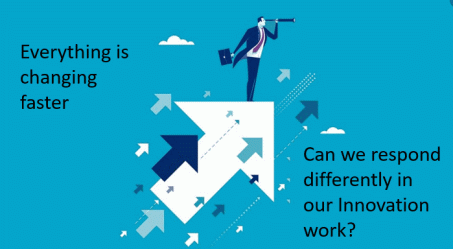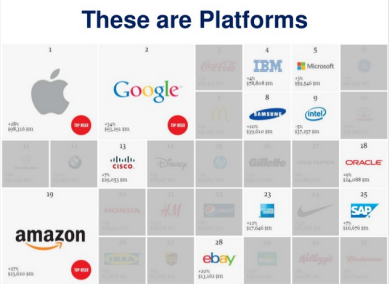
I have been wandering the foothills (of my thinking), looking to clarify my directional purpose. I “hit” upon this as my thought to reflect and explore, and it resonated.
“A New Ecosystem Mindset is needed for the changing world we live in“
I am clear that Ecosystems need to be part of our connected future; we must find ways to (openly) collaborate to find a greater prosperous future that is more inclusive and participative. These are not simply business ecosystems, these are building societal ecosystems.
This future will require decentralised leadership, where every participant is encouraged and empowered to innovate, contribute, and adapt without over-reliance on a single orchestrator. Placing decisions closer to the need offers the ability to change
What is important is those participating will rely on trust, technology, and shared purpose to scale solutions that were previously unimaginable in traditional business silos and the ways we operate today. We do need to think and operate differently.
So, where are the new frontiers?
Continue reading “Recognising we need a new Ecosystem Mindset”








